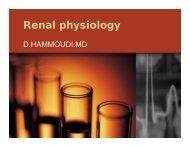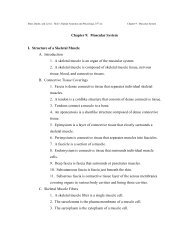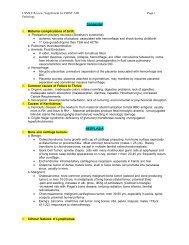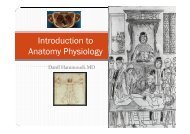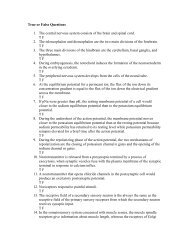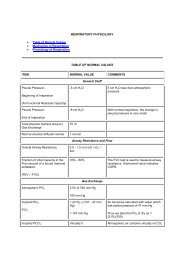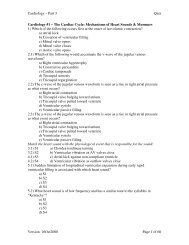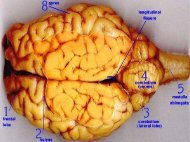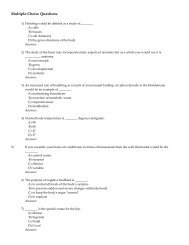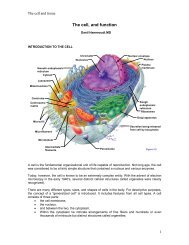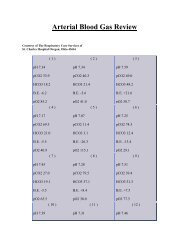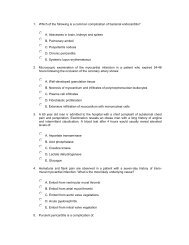Blood Vessels - Sinoe medical homepage.
Blood Vessels - Sinoe medical homepage.
Blood Vessels - Sinoe medical homepage.
You also want an ePaper? Increase the reach of your titles
YUMPU automatically turns print PDFs into web optimized ePapers that Google loves.
• Capillary colloid osmotic pressure (OP c )• HP c – pressure of blood against the capillary walls:• Tends to force fluids through the capillary walls• Is greater at the arterial end of a bed than at the venule end• OP c – created by nondiffusible plasma proteins, which draw water toward themselvesNet Filtration Pressure (NFP)• NFP – all the forces acting on a capillary bed• NFP = (HP c – HP if ) – (OP c – OP if )• At the arterial end of a bed, hydrostatic forces dominate (fluids flow out)• At the venous end of a bed, osmotic forces dominate (fluids flow in)• More fluids enter the tissue beds than return blood, and the excess fluid is returned to the blood via thelymphatic systemCirculatory Shock• Circulatory shock – any condition in which blood vessels are inadequately filled and blood cannotcirculate normally• Results in inadequate blood flow to meet tissue needs• Three types include:• Hypovolemic shock – results from large-scale blood loss• Vascular shock – poor circulation resulting from extreme vasodilation• Cardiogenic shock – the heart cannot sustain adequate circulationCirculatory Pathways• The vascular system has two distinct circulations• Pulmonary circulation – short loop that runs from the heart to the lungs and back to the heart• Systemic circulation – routes blood through a long loop to all parts of the body and returns to theheartDevelopmental Aspects• The endothelial lining of blood vessels arises from mesodermal cells, which collect in blood islands• <strong>Blood</strong> islands form rudimentary vascular tubes through which the heart pumps blood by the fourthweek of development• Fetal shunts (foramen ovale and ductus arteriosus) bypass nonfunctional lungs• The ductus venosus bypasses the liver• The umbilical vein and arteries circulate blood to and from the placenta• <strong>Blood</strong> vessels are trouble-free during youth• Vessel formation occurs:• As needed to support body growth• For wound healing• To rebuild vessels lost during menstrual cycles• With aging, varicose veins, atherosclerosis, and increased blood pressure may arise



